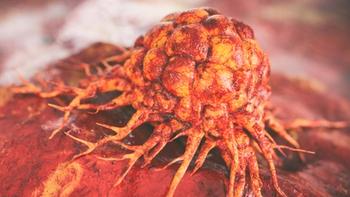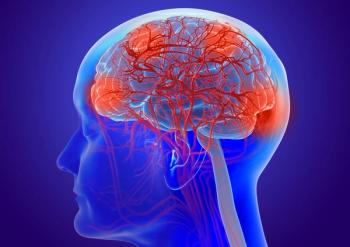
Bevacizumab/Lomustine Combo Shows Promise in Recurrent Glioblastoma
A combination of bevacizumab and lomustine showed promise in a randomized phase II trial of patients with recurrent glioblastoma, according to study results.
A combination of bevacizumab and lomustine showed promise in a randomized phase II trial of patients with recurrent glioblastoma, according to results of a study presented Friday at the Society for Neuro-Oncology (SNO) Annual Scientific Meeting in Miami. Investigators said the combination warrants further investigation.
“We have very few active agents for recurrent glioblastoma,” said Martin J. van den Bent, MD, of the Erasmus University Medical Center in the Netherlands. Bevacizumab is widely used in patients with recurrent glioblastoma, both in combination with other agents and as monotherapy, but Van den Bent said there is little evidence supporting this use.
The BELOB trial was a Dutch multicenter trial that included 148 patients randomized (130 available for review) to bevacizumab alone, lomustine alone, or bevacizumab in combination with lomustine. All patients had histologically proven glioblastoma, with a first recurrence after chemo-irradiation with temozolomide, and had concluded radiotherapy at least 3 months earlier. The median age was 57 years, and the median WHO performance status was 1. A preplanned safety review after 8 patients resulted in a reduction in lomustine dose from 110 mg/m2 to 90 mg/m2 for the other 44 patients in the combination arm of the trial.
The 9-month overall survival (OS) rate (the study’s primary endpoint) was 43% in the lomustine alone group, 38% in the bevacizumab alone group, and 59% in the combination arm; if the eight initial patients before dose reduction were included, the combination arm’s rate was 63%. The median OS in each group was 8 months, 8 months, and 11 months for the combination arm (12 months with the first eight patients).
The objective response rates were 5% (lomustine), 38% (bevacizumab), and 34% (or 39% with the first eight patients) in the combination group. “We see a higher response rate in bevacizumab patients, but it doesn’t translate into an increase in OS,” van den Bent said.
The investigators assessed IDH mutation status as well, and found only eight patients with any mutation. IDH wild-type patients had a median OS of 9 months, compared with 20 months in those IDH-mutated patients. If those data are confirmed, van den Bent said, it may be reasonable to exclude patients with IDH mutations from future trials. He did note that he does not think IDH status had an impact on the overall survival results of this trial.
“The OS primary endpoint of the combination arm meets the prespecified criteria for a phase III study,” van den Bent concluded. An ongoing phase II study has thus been modified into a two-arm phase III trial, and a report on this study is expected at the SNO 2015 annual meeting.
Newsletter
Stay up to date on recent advances in the multidisciplinary approach to cancer.





![According to John Henson, MD, “What we need are better treatments to control the [brain] tumor once it’s detected.”](https://cdn.sanity.io/images/0vv8moc6/cancernetwork/e0d29c38bb732429ae370e4ef7d1829a10c96446-2992x1684.png?w=350&fit=crop&auto=format)